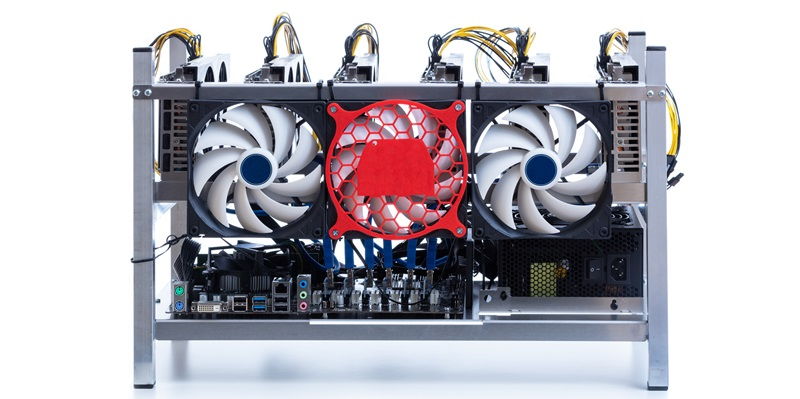AMD enthusiasts and gamers around the world have been eagerly awaiting news on the RDNA 3 GPU series. Excitingly, recent discoveries within the Eurasian Economic Commission (EEC) database have indicated that AMD may be working on three new graphics cards, namely the Radeon RX 7800, RX 7700, and RX 7600 XT. Let’s delve into the details and uncover what these potential additions to the RDNA 3 lineup might offer.
Source and Verification
The discovery of these new AMD graphics cards comes courtesy of @Harukaze5719, who spotted the listings within the EEC database. The source of this information is relatively small but credible, as it originates from ARKTEK, an Asia Pacific-based AIB known for its accurate leaks in the past.
Description of the Cards
The Radeon RX 7800, RX 7700, and RX 7600 XT, if they materialize, are expected to be variations or successors to their XT siblings. While specific details regarding their features and specifications remain scarce, it’s reasonable to assume that these cards will likely offer a balance between performance and affordability.
Expected Performance and Pricing
If the rumors hold true, the RX 7800 and RX 7700 will likely be cut-down versions of their XT counterparts. This means that users can anticipate around a 10-15% decrease in performance compared to their XT siblings. Additionally, slight differences in pricing may be observed, as AMD aims to provide options for consumers with varying budgets.
Focus on RX 7600 XT
Among the three rumored cards, the RX 7600 XT has previously made appearances in various listings. The existing RX 7600 utilizes a full Navi 33 GPU, so an XT version would either feature a higher clock speed or be based on the upper-tier Navi 32 GPU core, albeit with a substantially reduced core configuration. This could potentially yield a diverse range of performance options within the RX 7600 series.
Possibility of Expansion in the RDNA 3 GPU Lineup
While AMD has completed its RDNA 3 GPU ASICs, there is still room for the lineup to expand further down the road. This suggests that there may be additional configurations and variants beyond the currently known models. AMD is known to respond to the market’s demands, and it wouldn’t be surprising to see further additions to the RDNA 3 family in the future.
Potential Market Strategy
With the impending release of new graphics cards from competitors, it will be interesting to see how AMD positions itself in the market. There are a couple of possible scenarios: AMD might choose to launch these new RDNA 3 cards to bolster its lineup, providing users with even more choices. Alternatively, they might opt to adjust the prices of existing variants to compete with the offerings from their rivals. Either way, consumers stand to benefit from the increased competition.
While the AMD Radeon RX 7800, RX 7700, and RX 7600 XT are still in the realm of speculation, the sightings within the EEC database certainly pique curiosity and anticipation. If these cards do materialize, they could offer PC gamers and enthusiasts additional options within the RDNA 3 GPU lineup. With the promise of enhanced performance, affordability, and potentially new configurations, AMD seems poised to continue its strong presence in the graphics card market. It remains to be seen how AMD will navigate the potential launch of these cards and respond to competition, but one thing’s for sure – exciting times lie ahead for PC gamers.

